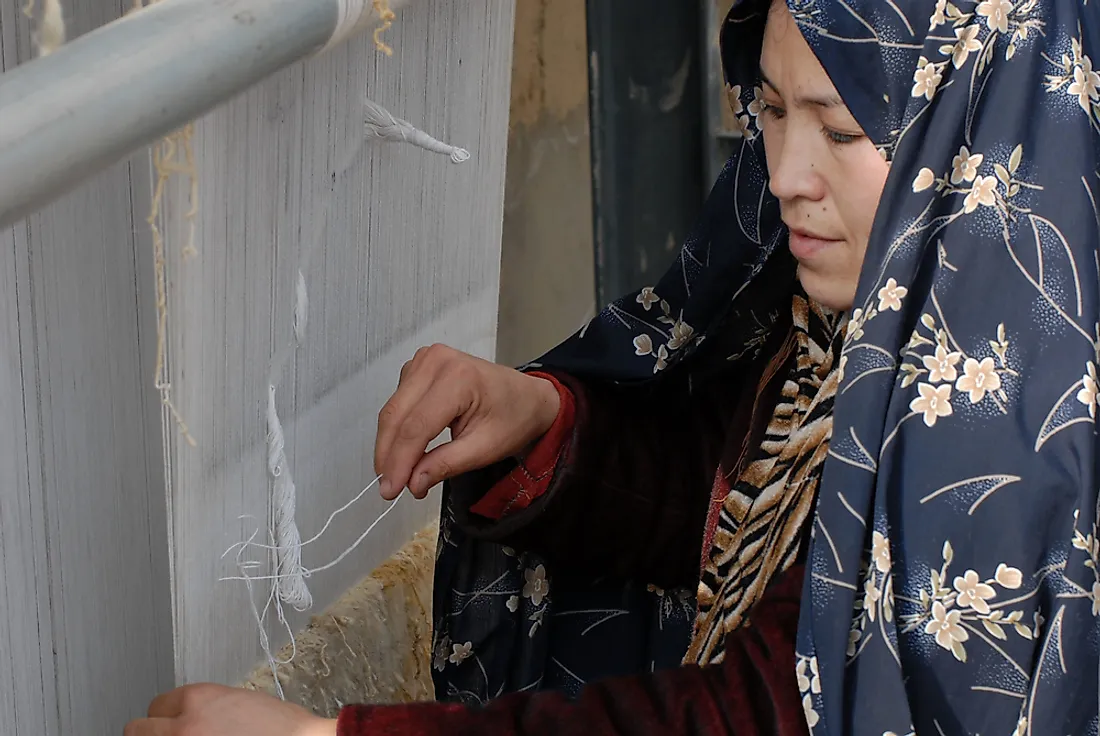Who Are the Hazara People?

The Hazara people or the Hazaras are an ethnic tribe native to the Hazarajat region of Central Afghanistan. They speak a variant of the Dari language known as the Hazaragi. The Dari language is a variant of the Persian. The Dari and Pashto are the official languages of Afghanistan. The Hazaras are Twelver Shia Muslims and are the third largest ethnic group in Afghanistan and a significant majority group in Pakistan.
History of the Hazara People
Researchers cannot fully reconstruct the origin of the Hazaras, but due to their physical appearance, it is believed that they might have a close relationship with the Turkic and Mongols. Their facial bone, culture, language similarities, and general appearance closely resemble those exhibited by Central Asian Turks and Mongolians. Genetic analysis of the Hazara DNA has shown partial Mongolian ancestry, and it is believed that invading Mongols interacted with the local Iranians and formed the separate group.
Geographic Distribution of the Hazara People
A majority of the Hazara are found in Central Afghanistan and several cities and town within the country. They make up nine percent of the Afghan population. Men, in particular, leave their native land to work in the cities and overseas. The city of Quetta in Baluchistan and its locality is known to house the largest city dwellers of the Hazara in Pakistan. The literacy level of the Hazara in Pakistan is higher than in Afghanistan; they have better social dynamics and living conditions. Years of unrest in Afghanistan and Pakistan resulted in the migration a large number of the Hazara to Iran. To date, about half a million Hazaras live in Iran with half of the number having been born in the country.
Hazara Tribes
The Hazaras are organized in tribes with the Daizangi representing 57.2% of their population. In recent years, the Hazara were included as part of the "Afghan state," and the tribal affiliation is diminishing. Smaller tribes such as the Daemirdadi, Waziri, and Kolokheshgi are the minorities of the Hazara tribes.
Religion of the Hazara People
The Hazara are predominantly Twelver Shi'a Muslims while some are Ismaili. However, Afghanistan is largely Sunni Islam, and the Hazara have been subjected to discrimination. The Hazara are believed to have adopted Shi'ism in the 16th century during the Safavid Dynasty. However, a small portion such as the Aimaq Hazaras is Sunni. Sunni Hazaras have been integrated into other non-Hazara tribes such as the Taimuris while the Ismaili Hazara have distanced themselves from the rest of the Hazara tribes due to the difference in political and religious beliefs.
Culture of the Hazara People
Years of migration and assimilation has left the Hazaras with little to show of their indigenous culture. Those who migrate to the city adopt city cultures while a significant portion is either Persianized or Pashtunized. Those left in Hazarajat practice farming and many have retained their customs and traditions which is related to those of the Afghan Tajik and Central Asians. The dambura, a musical instrument, is one of the many instruments common among the Hazaras and the people of Central Asia, particularly Tajikistan and Uzbekistan.











